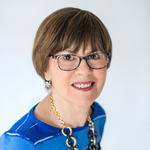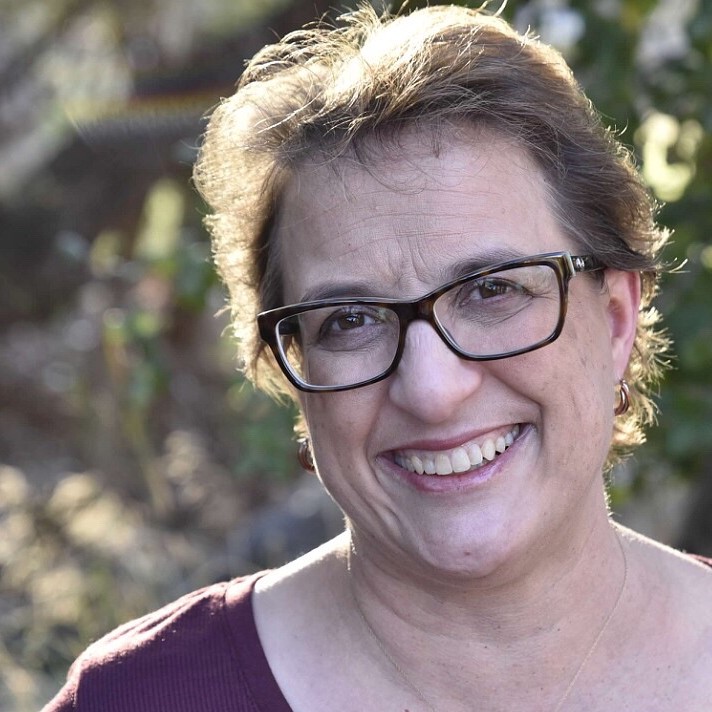How Many CRMs Do You Need?
Why it made sense for Sharp HealthCare to use an EMR-based CRM for outreach to patients for population health management while continuing to use a marketing CRM for patient acquisition.
// By Jane Weber Brubaker //

A few terms commonly tossed around in healthcare marketing have no common meaning. CRM, or customer relationship management, is one of them. What CRM means in one organization may mean something completely different in another. It all boils down to use cases, and what the organization wants to accomplish.
Some CRM solutions focus on contact centers. Others on new-patient acquisition. Still others on population health and resolving care gaps. Some are tightly focused on one use case, while others have high aspirations of being enterprise-wide solutions.

Kelly Faley, vice president, digital strategies at Sharp HealthCare
The vendor landscape mirrors this fragmented landscape. “One size does not fit all,” says Kelly Faley, vice president, digital strategies at Sharp HealthCare in San Diego.
We spoke with Faley and Laura Lee Jones, founder and CEO of LionShare, about Sharp’s recent implementation of Epic, including Epic’s CRM solution Cheers, and how it works in concert with LionShare’s business intelligence and CRM platform. Faley explains, “We’re using both Cheers and LionShare so that we can target prospects with LionShare and we can target existing patients who have care gaps or chronic conditions using Cheers.”
Here, we discuss the reasons Sharp HealthCare chose a two-pronged strategy and we learn how the system synchronizes outreach to patients and non-patients. This is one possible approach, but Jones points out that each organization has different needs. “I think the need for customization is high,” she says. “You really need to work with every organization differently.”
This content is only available to members.
Please log in.
Not a member yet?
Start a free 7-day trial membership to get instant access.
Log in below to access this content:

